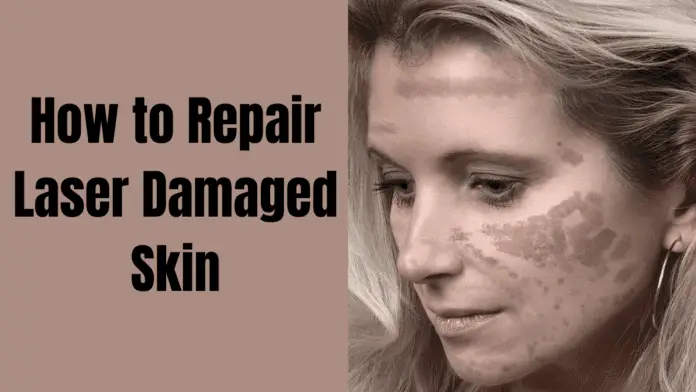
Laser treatments are becoming increasingly popular for a variety of skin issues, from wrinkles and age spots to acne scars. But while laser treatments can be effective, they can also cause damage if not done properly. Overexposure to lasers and other thermal devices can cause skin damage and volume loss. In this article, we will discuss how to repair laser damaged skin and what treatments are available.
What Causes Laser Damaged Skin?
The most common cause of laser-damaged skin is overexposure to the device or incorrect use of the device. Overexposure can occur when the device is used too often or at too high a setting for your skin type. Incorrect use can occur when the technician does not properly adjust the settings for your individual needs or if they do not follow safety protocols during treatment. Other causes of laser-damaged skin include pre-existing conditions such as eczema or psoriasis that make you more sensitive to treatments, as well as medications such as retinoids that can make your skin more vulnerable to damage from lasers.
Signs and Symptoms of Laser Damage
The signs and symptoms of laser damage vary depending on the type of laser used and the severity of the damage. Common signs include redness, swelling, blistering, scabbing, discoloration, scarring, and changes in texture or pigmentation. In some cases, there may be no visible signs at all until weeks or months after the treatment has been performed.
How to Repair Laser Damaged Skin
Immediate Post-Laser Treatment
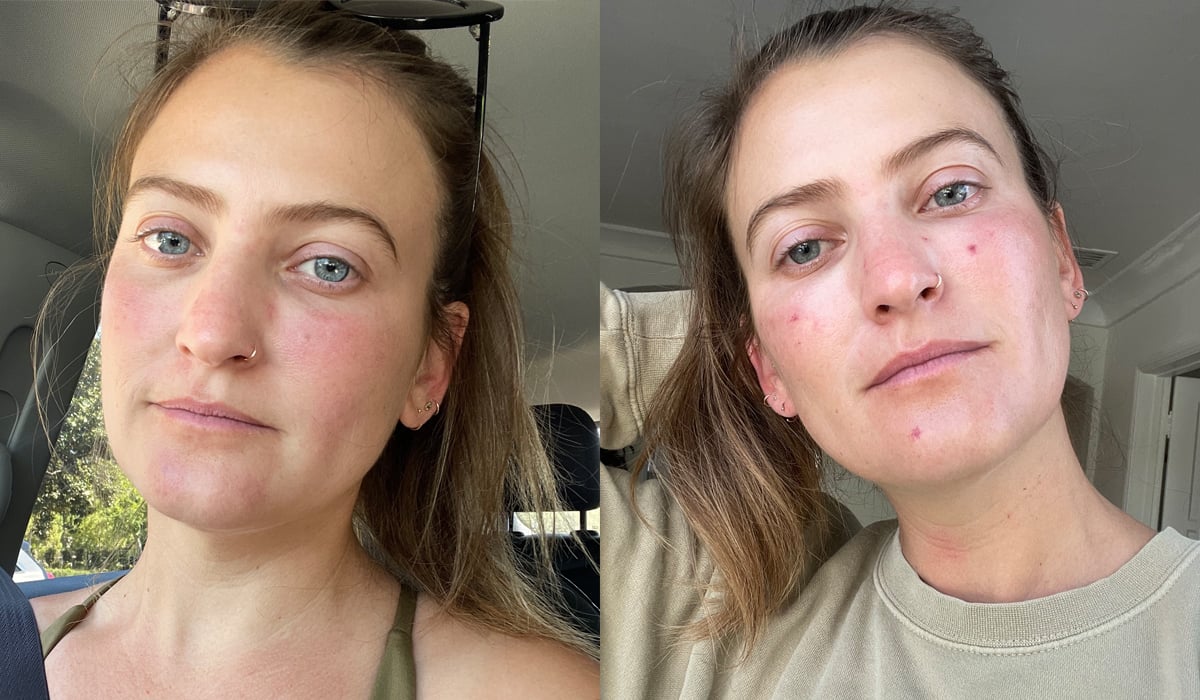
After laser treatment, you should cover the treated skin with Vaseline, Aquaphor, or whatever product your doctor tells you to use. You should also stay out of direct sunlight for at least two weeks. It is also important to avoid activities that may cause excessive sweating, such as exercise or hot baths or showers, during this time period. Additionally, it is important to keep the area clean by washing it gently with a mild cleanser twice daily and applying a moisturizer afterward. If any redness persists beyond two weeks after treatment, contact your doctor immediately for further instructions on how to care for your damaged skin.
Fraxel Restore/Repair/Dual Treatment
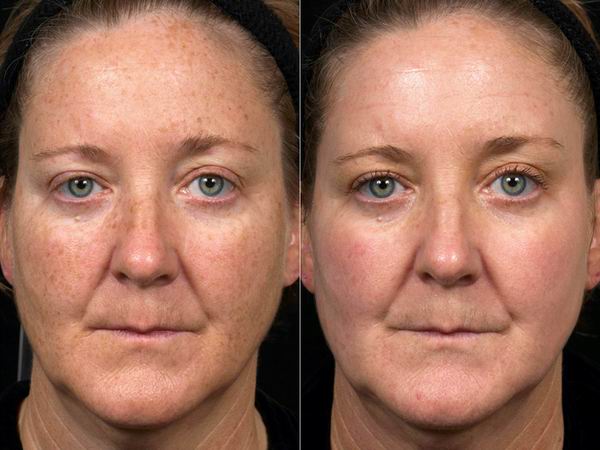
Fraxel is an advanced fractional laser technology that is used to treat various types of skin conditions, including wrinkles, acne scars, age spots, sun spots, melasma (pigmentation), stretch marks, enlarged pores, and more. Fraxel Restore is a non-ablative option, which means it does not remove any layers of skin; instead, it uses heat energy to stimulate collagen production in order to improve tone and texture without downtime. Fraxel Repair is an ablative, fractionated CO2 laser that removes layers of damaged tissue while stimulating new collagen growth. This results in smoother-looking skin with improved tone and texture over time. Fraxel Dual combines both non-ablative (Restore) and ablative (Repair) technologies into one treatment session for maximum results with minimal downtime.
Read: Top 7 Best Shaving Soaps for Sensitive Skin 2023
Microneedling
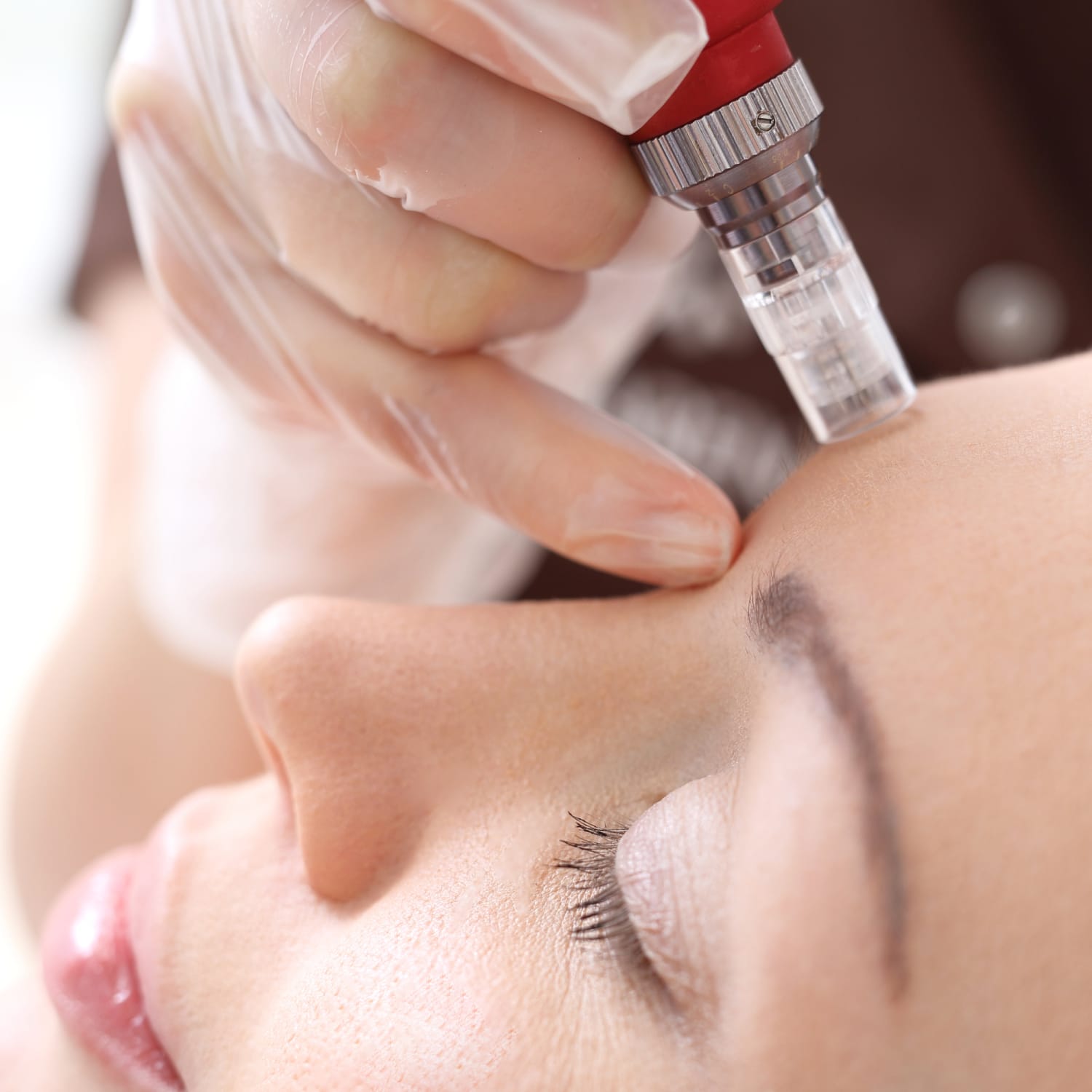
Microneedling is a minimally invasive procedure that uses tiny needles to create microscopic channels in the outer layer of the skin, which stimulates collagen production as well as elastin fibers for improved tone and texture over time. It can also help reduce pore size and improve overall complexion by reducing discoloration caused by sun exposure or aging.
Platelet Rich Plasma (PRP) Therapy
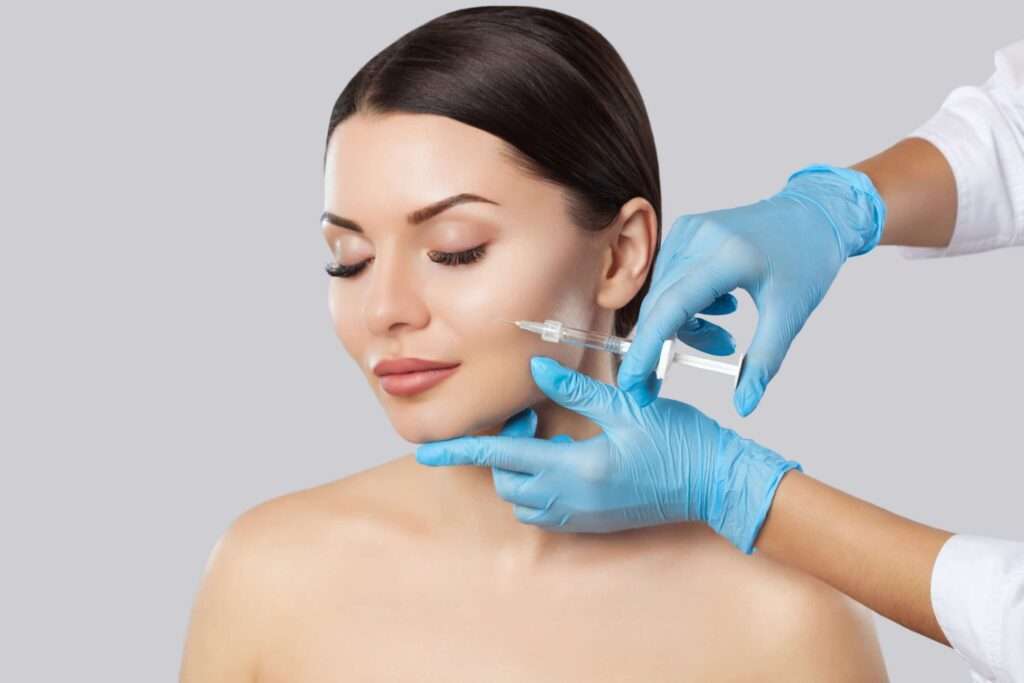
Platelet Rich Plasma Therapy is a natural healing process that uses your own blood platelets combined with growth factors to stimulate cell regeneration in areas where there has been tissue damage due to aging or injury, such as wrinkles or acne scars. It can also help reduce inflammation caused by overexposure to lasers or other thermal devices, as well as improve overall complexion by reducing discoloration caused by sun exposure or aging.
At-Home Devices
At-home devices such as LED light therapy masks or low-level lasers (LLLT) can help repair damaged skin by stimulating collagen production without damaging surrounding tissue like lasers do. LED light therapy masks emit different wavelengths of light that penetrate deep into the dermis layer of the skin in order to stimulate collagen production, while LLLT uses low levels of red light that penetrate even deeper into the dermis layer in order to stimulate healing from within by increasing circulation, which helps speed up healing time after procedures such as microneedling or chemical peels have been performed on damaged skin cells.
Tips To Restore Damaged Skin
In addition to medical treatments, there are some simple tips you can follow at home in order to help restore damaged skin.
- Moisturize: Apply a generous amount of moisturizing cream that is suitable for your skin type twice daily in order to replenish lost moisture in your lasered area(s).
- Sunscreen: An SPF 30+ sunscreen should be applied every day before going outside in order to protect your newly repaired skin from further UV damage caused by sunlight exposure.
- Avoid Excessive Heat: Hot showers/baths should be avoided after laser treatments as this could aggravate already sensitive areas on your face/body where you have had lasered areas treated previously.
- Eat Healthy Foods: Eating foods high in antioxidants such as fruits and vegetables will help promote healing in lasered areas due to their anti-inflammatory properties which can reduce redness associated with healing wounds/scars caused by laser treatments.
- Avoid Excessive Alcohol Consumption: Alcohol consumption should be limited after receiving any kind of laser treatment since alcohol has been known to slow down healing processes due to its dehydrating effects on our bodies’ overall health status.
- Use A Healing Ointment: Applying an ointment containing ingredients such as aloe vera or vitamin E will help soothe irritated areas while providing additional moisture needed for proper healing processes associated with lasered areas on our bodies/faces respectively over time if done consistently enough throughout one’s recovery process following any type of laser procedure(s).
- Protect The Damaged Skin: Wearing protective clothing such as hats/scarves when going outside will help protect newly repaired areas from further UV damage caused by sunlight exposure over time if done consistently enough throughout one’s recovery process following any type of laser procedure(s).
Read: Best Facial for Sensitive Skin
Conclusion
Laser treatments can be effective, but they can also cause damage if not done properly, so it’s important that you take all necessary precautions before undergoing any type of procedure involving lasers, such as researching your doctor beforehand, asking questions about their experience with similar procedures, making sure they follow all safety protocols, etc. If you do end up with damaged skin due to overexposure, incorrect settings, or improper technique, there are several treatments available that can help repair it, such as Fraxel Restore and Repair, microneedling, PRP therapy, LED light therapy masks, LLLT, etc. Taking proper care of your skin both before and after any kind of procedure will help ensure that you get optimal results with minimal risk.











